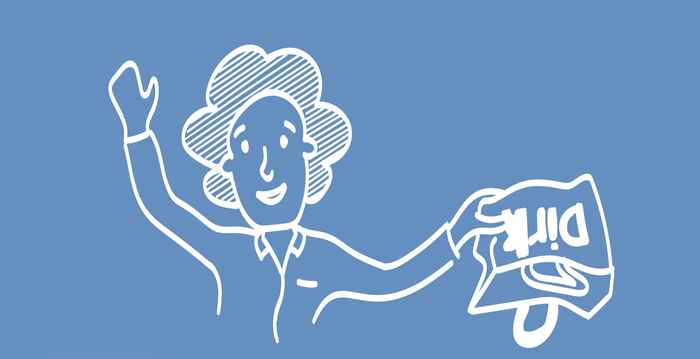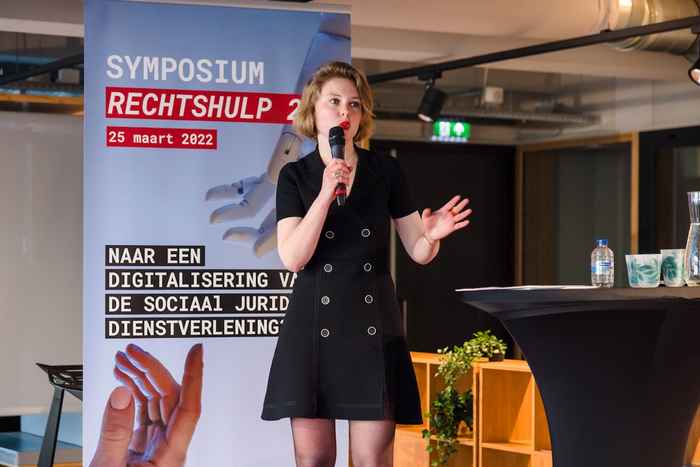Research: 'De Boodschappentas'

Many vulnerable groups in our society ask for (legal) help with (in the words of social lawyer Don Ceder) "a shopping bag full of papers". This shopping bag symbolises the complexity of interrelated socio-legal problems: from rent disputes and divorces to debts and redundancies.
Despite the efforts of legal clinics and counters to tackle problems like these, they often lack the expertise and capacity to provide effective help. The rise of legal, online platforms is unlikely to alleviate this problem, as some 3-4 million Dutch people are labelled as 'limited self-reliant'. These people, including migrants and those with content complexity, need personal assistance and therefore cannot use these platforms well.
De Boodschappentas therefore focused on three main problems:
- The overburdening of front-line legal aid providers.
- The unnecessary shifting of vulnerable litigants through referrals.
- And the subsequent, burdening of second-line legal aid providers for problems that could have been solved in the first-line.

Goals
Contributing to a solution that helps (limited self-reliant) citizens faster and easier with their legal problems. This project focused on developing a suitable digital tool for first-line legal aid services. This included:
- Fewer unnecessary referrals within the first line, thus relieving both the 'apparatus' of (legal) assistance and the vulnerable citizen (who does not have to tell their 'story' several times unnecessarily).
- Fewer unnecessary referrals to the second line, thus relieving the budget for subsidised legal aid and (as described above) the vulnerable citizen.
- Useful information for the development of the (currently) envisaged 'legal aid packages'.
- More effective communication on legal complexity.
Activities
The activities can be divided into three main phases:
- Research
A deeper look into the specific search process of litigants with 'limited resources', mapping interactions with different providers of socio-legal help. - Prototyping
Prototyping, based on in-depth research insights. Guided brainstorming sessions with technical and legal experts, students and partners outlined an ideal solution for faster problem-solving in socio-legal aid. - Product development and testing phase
During this phase, the prototype was refined, through two-week iterative software sprints. The product, which uses Natural Language Processing (NLP) techniques (developed by Bluetick and Labor Market Research experts), recognises the context of files and determines relevance between the file and legal sources. The development process was driven by continuous user feedback to ensure the solution matched the needs of users and legal aid providers.
Impact numbers
- A (visual) and social legal map mapping all (in)formal social-legal legal aid providers in Amsterdam, helping vulnerable citizens solve their complex legal problems.
- A research report including results of a survey among legal desks in Amsterdam that provides insight into how citizens with multi-problem problems are currently addressed and referred within the municipality.
- A symposium on access to justice, where the results of the research were shared with a wide audience.
- The social legal map has now received 3.9K views.
- 113 legal partners are connected to the map.